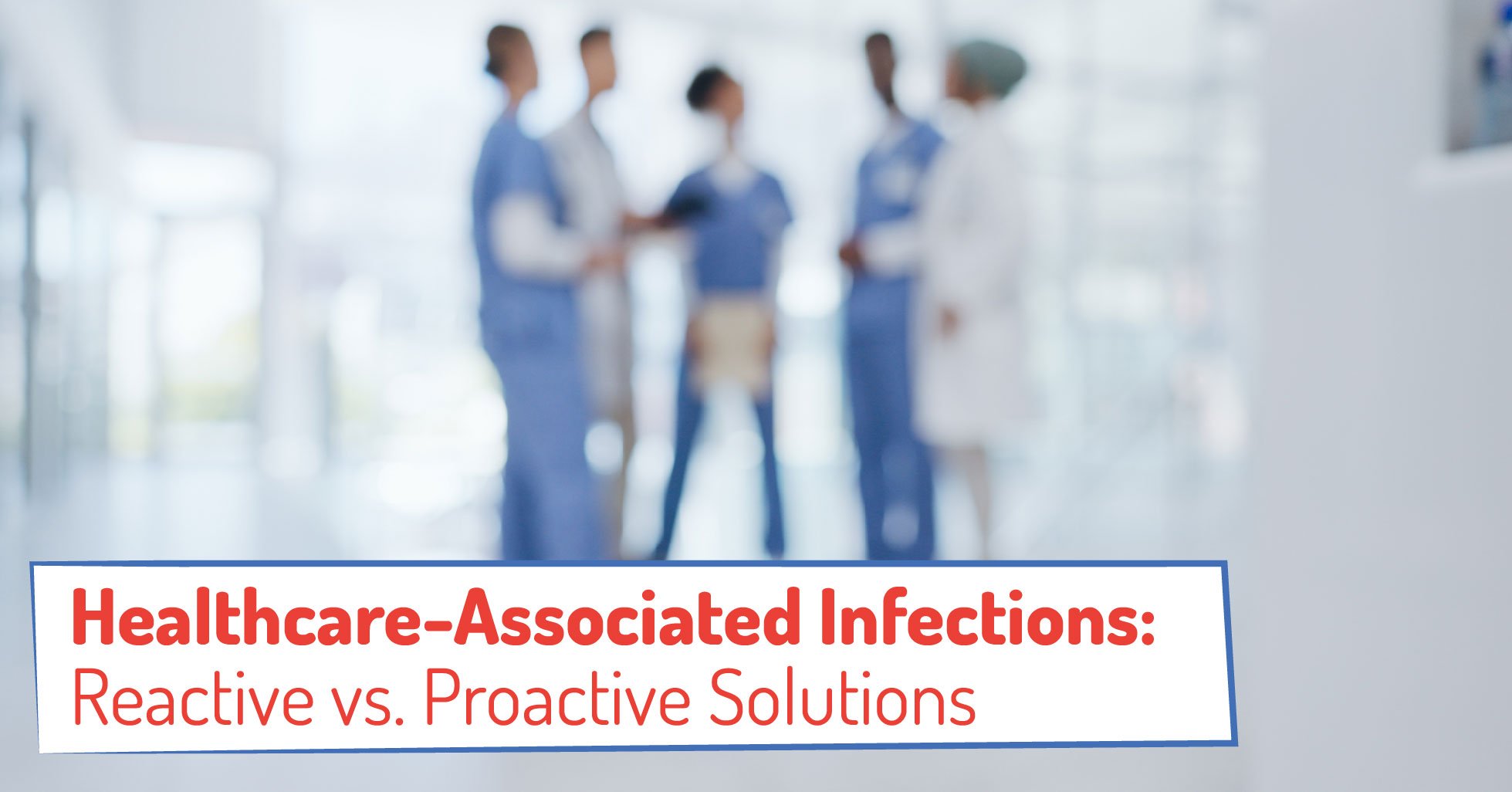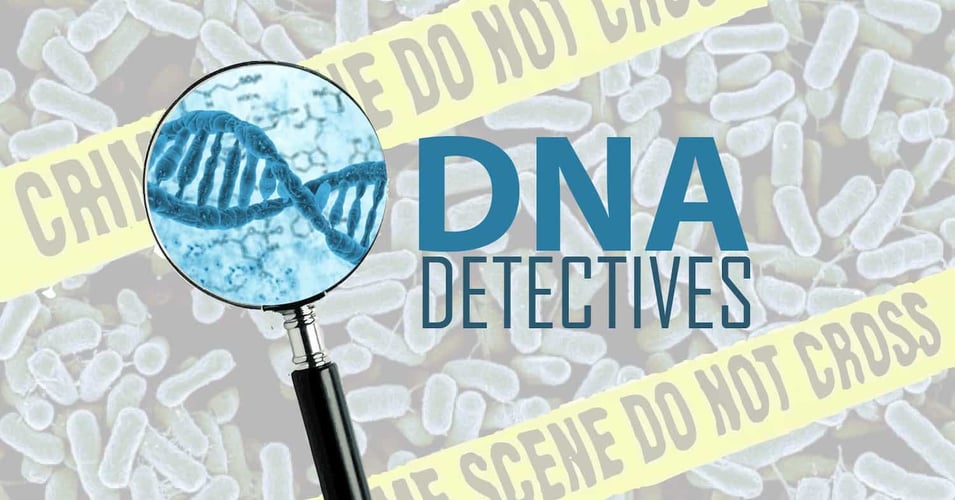Healthcare-Associated Infections: Reactive vs. Proactive Solutions

 To address the persistent issue of healthcare associated infections, hospital professionals deploy two primary approaches: reactive and proactive solutions. There are advantages and disadvantages to both options, so a combination of the two is required to cover all reasonable contingencies. In this blog post, we'll explore the differences between these two strategies and their respective impacts on patient outcomes and healthcare systems.
To address the persistent issue of healthcare associated infections, hospital professionals deploy two primary approaches: reactive and proactive solutions. There are advantages and disadvantages to both options, so a combination of the two is required to cover all reasonable contingencies. In this blog post, we'll explore the differences between these two strategies and their respective impacts on patient outcomes and healthcare systems.
Before we dive in, let's consider that the field of medicine has always revolved around reactive and proactive solutions to healthcare. Healthcare begins with preventive measures such as quality nutrition, sleep, and exercise as well as health screenings, pharmaceutical interventions, and other steps to delay or prevent illness or injury. When problems do arise, reactive solutions such as lifestyle changes, medication, and more invasive treatments become necessary, some during healthcare crises. They key is that even in those reactive moments, countless hours of training, research, and planning have created protocols to help ensure the best possible patient outcomes. How does the same model of proactive and (extensively prepared) reactive solutions apply to infection control and prevention?
Reactive Solutions:
Reactive solutions involve responding to infections or outbreaks after they have occurred. Medical staff identify and treat infections with antibiotics, use data to confirm an outbreak and trace its spread, and engage in enhanced cleaning to eradicate pathogens of concern. While reactive measures are essential for managing existing infections, they have several limitations:
-
Treatment Focus: Reactive solutions prioritize treating symptoms and managing infections after they have already caused harm to patients. While necessary, this approach alone does not address the root causes of infections or prevent their recurrence.
-
Risk of Antibiotic Resistance: Overreliance on antibiotics in reactive treatments can contribute to the development of antibiotic-resistant strains of bacteria, making infections more difficult to treat and posing a significant public health threat, inside and outside the healthcare facility.
-
Financial Burden: Treating infections reactively can be costly for healthcare systems, as it often involves extended hospital stays, additional medications, and specialized care to manage complications.
Proactive Solutions:
In contrast, proactive solutions aim to prevent infections from occurring in the first place. This approach focuses on identifying and mitigating risk factors for infections, implementing preventive measures, and promoting a culture of infection control within healthcare settings. Proactive strategies offer several advantages:
-
Prevention Focus: Proactive solutions prioritize identifying and addressing potential sources of infection before they harm patients. This may involve measures such as hand hygiene protocols, environmental cleaning, vaccination programs, and antimicrobial stewardship initiatives. Since over 60% of pathogens causing HAIs originate on a contaminated surface, a significant proactive measure is the deployment of biocidal surfaces on furniture closest to the patient, including overbed tables and bed rails.
-
Reduced Incidence of Infections: By targeting risk factors and implementing preventive measures, proactive solutions can lead to a reduction in the incidence of HAIs. This not only improves patient outcomes but also helps to alleviate the burden on healthcare resources.
-
Long-Term Cost Savings: While proactive measures may require upfront investments in infrastructure, training, and education, they can result in significant cost savings over time by reducing the need for reactive treatments, minimizing hospital readmissions, and preventing complications associated with infections.
-
Promotion of Patient Safety: Proactive solutions contribute to a culture of patient safety within healthcare organizations, fostering trust among patients and healthcare providers and enhancing the overall quality of care. This culture contributes to a hospital's reputation in the community as a facility that puts patient safety first.
It is impossible to meet the challenge of healthcare associated infections without both reactive and proactive approaches. However, while reactive measures are necessary for managing existing infections, proactive strategies offer a more sustainable approach by focusing on prevention and long-term risk reduction. By investing in proactive infection control measures, healthcare organizations can enhance patient safety, improve outcomes, and create more resilient healthcare systems for the future.
![EOScu Logo - Dark - Outlined [07182023]-01](https://blog.eoscu.com/hubfs/Eoscu_June2024/Images/EOScu%20Logo%20-%20Dark%20-%20Outlined%20%5B07182023%5D-01.svg)




